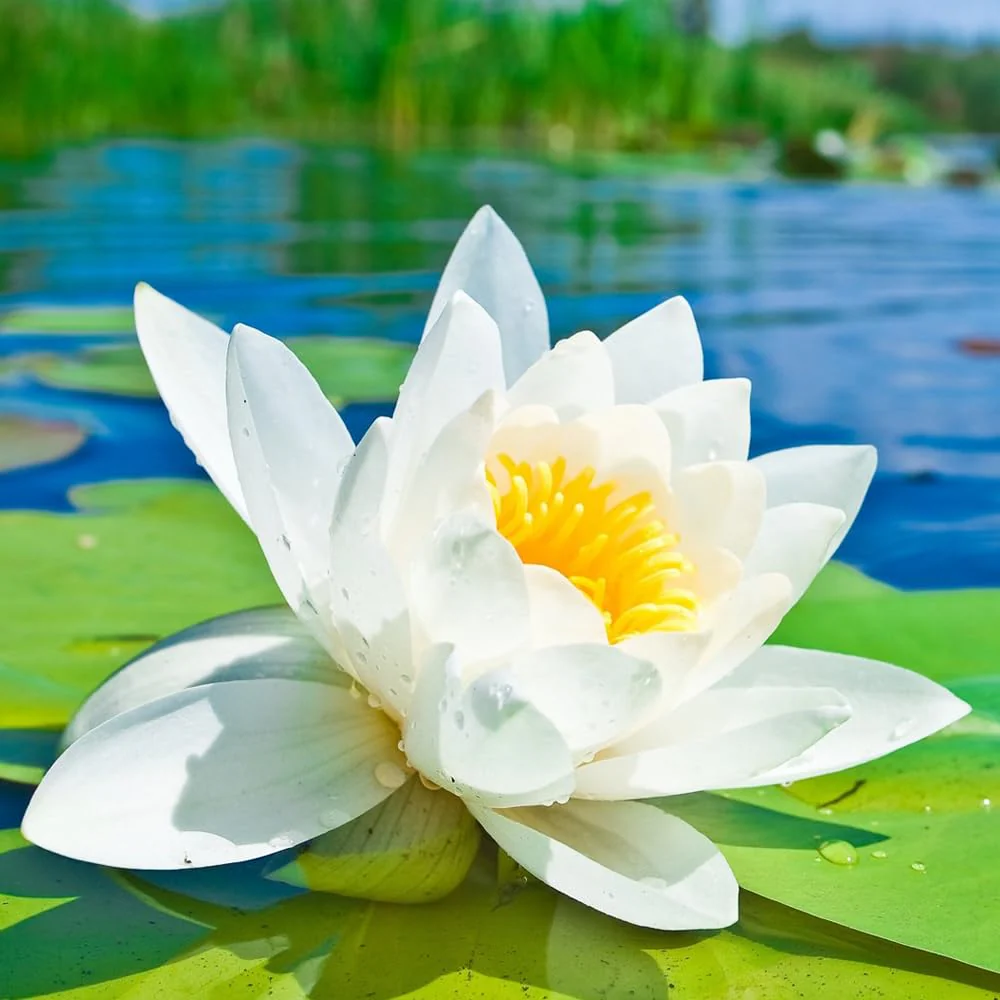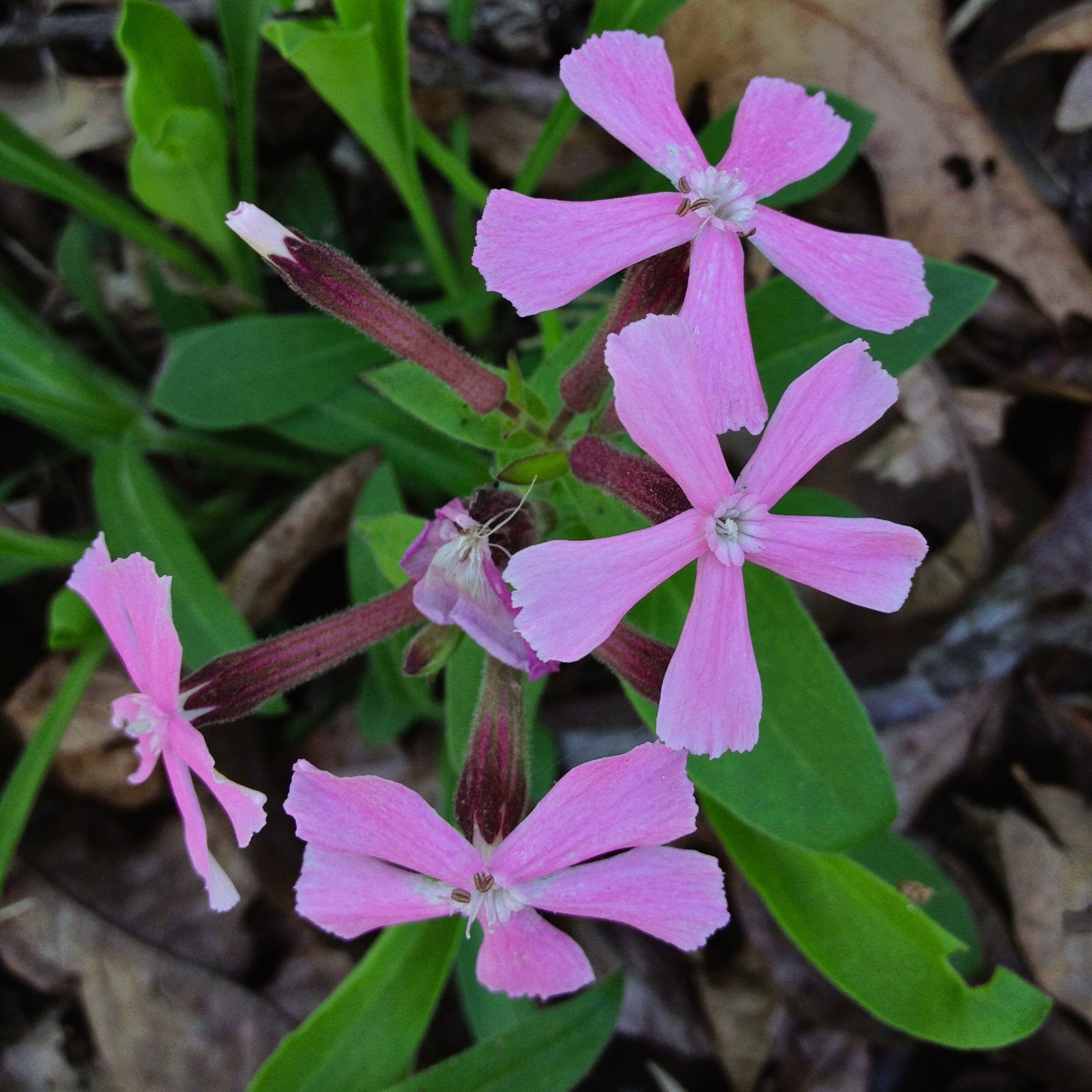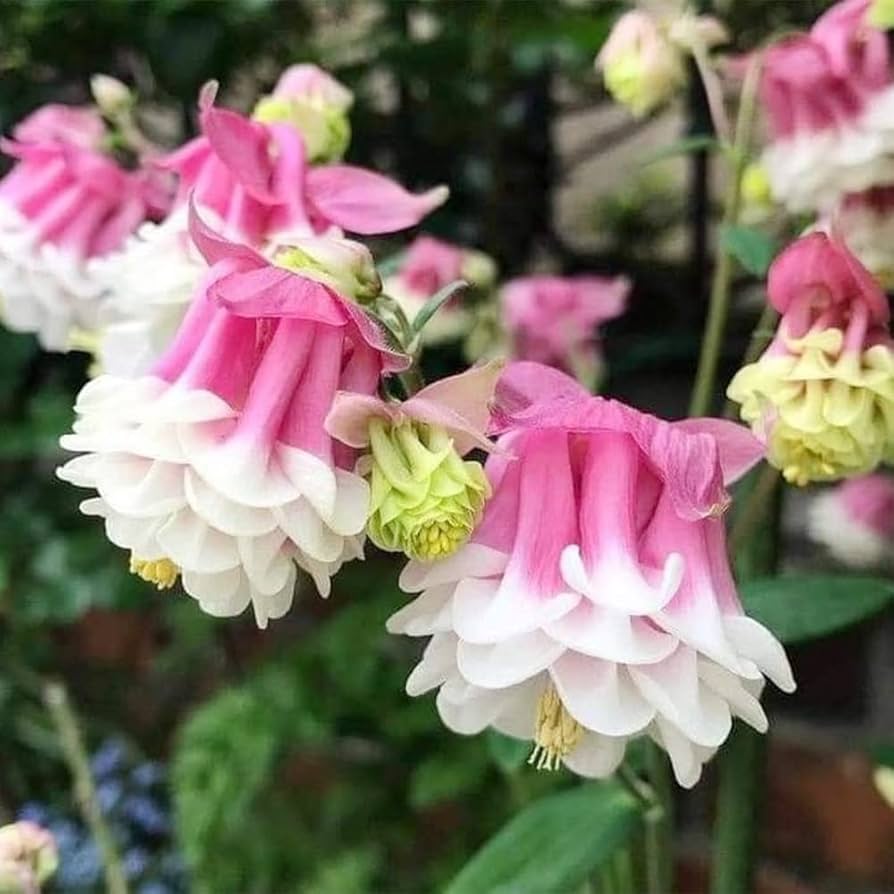About Costmary (Tanacetum balsamita)
Costmary (Tanacetum balsamita), also known as Balsam Herb or Sweet Mary, is a fragrant perennial herb native to Europe and Asia. Known for its aromatic leaves that are often used in herbal teas, potpourri, and culinary dishes, Costmary offers both beauty and utility in the garden. This easy-to-grow plant thrives in a variety of conditions, producing yellow daisy-like flowers in late summer and boasting large, lance-shaped leaves that release a distinctive balsamic scent when crushed. With its aromatic qualities and low-maintenance nature, Costmary is a great addition to herb gardens, medicinal herb collections, or border plantings.

At Pureasiaseeds.com we offer premium Costmary seeds, helping you grow this versatile herb right at home.
Why Grow Costmary?
Growing Costmary in your garden or landscape has multiple benefits:
-
Aromatic leaves: The fragrant leaves of Costmary can be used in herbal teas, potpourri, and as a flavoring agent in cooking.
-
Medicinal uses: Traditionally used to treat digestive issues and sore throats, Costmary has a place in natural remedies.
-
Low-maintenance: This herb is very easy to grow, making it perfect for beginner gardeners or those with busy schedules.
-
Ornamental beauty: With its daisy-like flowers and lance-shaped leaves, Costmary also adds a decorative touch to the garden.
-
Pollinator-friendly: The yellow flowers attract bees and butterflies, helping to maintain a healthy garden ecosystem.
When to Plant Costmary
-
Optimal season: Plant Costmary seeds in early spring, after the last frost has passed. You can also start seeds indoors 6–8 weeks before the last frost.
-
Germination: Costmary seeds usually germinate in 10–14 days when kept in a warm and moist environment (around 65–75°F or 18–24°C).
-
Growing period: After planting, you can expect young plants to develop into full-size shrubs in about 2 years. Flowers appear in late summer.
Where to Grow Costmary
Costmary thrives in:
-
Full sun: Needs 6–8 hours of direct sunlight to grow vigorously and produce healthy flowers.
-
Well-drained, slightly acidic soil: Prefers loamy or sandy soils with a pH of 6.0–7.0, but is adaptable to a variety of soil types.
-
Herb gardens and borders: Ideal for herb gardens, flower borders, or as part of a medicinal plant garden.
-
Drought-tolerant: Once established, Costmary is drought-tolerant, making it a great choice for xeriscaping or low-water gardens.
How to Grow Costmary

-
Soil preparation: Ensure the soil is well-draining. Amend with organic compost or well-rotted manure to improve soil structure and fertility.
-
Sowing seeds: Plant Costmary seeds ¼ inch deep in seed trays or directly in the garden. If sowing in the garden, space the seeds 8–12 inches apart.
-
Watering: Water regularly until the plant is established, then water deeply but infrequently, allowing the soil to dry out slightly between waterings.
-
Fertilizing: Apply a balanced organic fertilizer or compost in early spring to encourage vigorous growth.
-
Pruning: Cut back spent flowers and dead wood to keep the plant tidy and encourage new growth.
How to Care for Costmary
-
Watering: Costmary thrives in moderately moist conditions but does not like to sit in waterlogged soil. Water regularly, but allow the soil to dry out between waterings once the plant is established.
-
Mulching: Apply organic mulch to retain soil moisture and suppress weeds. This is especially beneficial during the hotter months.
-
Pest management: Costmary is relatively pest-resistant, but keep an eye out for aphids or spider mites. Use neem oil or organic insecticidal soap if needed.
-
Winter care: Costmary is hardy in USDA zones 4–9, and can survive cold winters if mulched well. In colder regions, consider covering young plants with frost cloth during extreme cold spells.
Companion Plants for Costmary
Costmary pairs beautifully with other medicinal herbs or perennials that share similar growing needs:
-
Lavender: Thrives in similar conditions and complements Costmary’s scent with its own fragrance.
-
Thyme: Another drought-tolerant herb that grows well in the same soil and light conditions.
-
Echinacea: Attracts pollinators and benefits from similar care, adding color to your herb garden.
-
Chamomile: An excellent companion for tea lovers, as both herbs are commonly used in herbal infusions.
Harvesting and Uses of Costmary

-
Harvesting leaves: The leaves can be picked throughout the growing season. They are best used fresh or dried for later use.
-
Culinary uses: Costmary leaves have a minty, balsamic flavor and can be used in herbal teas, cooking, or as a spice in stews and soups.
-
Medicinal uses: Traditionally used for digestive issues like indigestion, and to soothe sore throats. The essential oils extracted from the leaves are sometimes used for aromatherapy.
-
Potpourri and crafts: Costmary's fragrant leaves make an excellent addition to potpourri or scented sachets.
Final Thoughts on Costmary
Costmary (Tanacetum balsamita) is a versatile and fragrant herb that offers aesthetic, medicinal, and culinary value to any garden. Whether you’re looking to add a unique scent to your herb garden, enhance your tea collection, or grow a plant that benefits the environment by attracting pollinators, Costmary is an excellent choice.
At Pureasiaseeds.com we offer premium Costmary seeds so you can enjoy growing this delightful herb in your garden. Start planting today and enjoy its fragrance, flavor, and natural healing properties.








